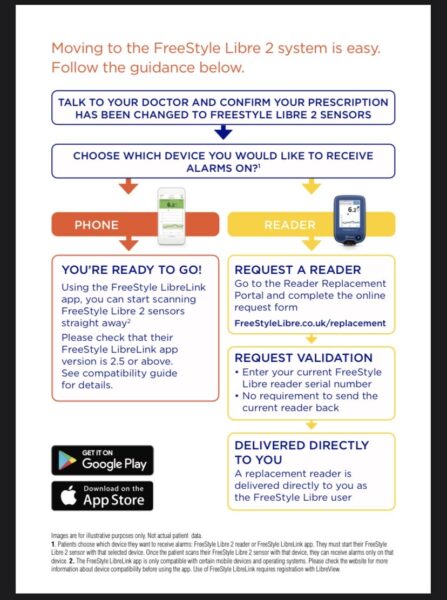Diabetes
Over 36,000 people in Somerset are diagnosed with diabetes, which is more than 6% of the population.
Prescribing Guidelines by Clinical Area
Type 1 diabetes is prevalent in 0.5% of the population and Type 2 diabetes 5.7%. 10% of the annual NHS budget is spent on treatment. On this page you will find useful information and resources to optimise treatment of your patients and improve outcomes for this complicated long term condition.
Measuring annually the 8 care processes is key to determining the treatment regimes, and achieving the three treatment targets of HbA1c, blood pressure and cholesterol.
- Blood glucose level measurement (HbA1c)
Optimum level between 48 mmol/mol and 53mmol/mol. Targets are individual to patient. - Blood pressure measurement
<140/80 mmHg with no kidney, eye or cerebrovascular damage; <130/80 mmHg with evidence of kidney, eye or CV damage - Cholesterol
National Diabetes Audit calls for total cholesterol of 5.0 millimoles per litre (mmol/L) or lower. NHSE calls for a reduction of 40% from baseline. NHSE lipid pathway calls for:
Primary prevention – aim for a reduction in NON-HDL of 40% from baseline
Secondary Prevention - secondary prevention LDL <1.8mmol/l and / or NON-HDL <2.5mmol/l - Kidney function testing (Urinary albumin)
<2.5 mg/mmol for men;
<3.5 mg/mmol for women. Ideal ACR < 3 for both - Kidney function testing (Serum creatinine) to calculate eGFR
- Weight check
Aim for a healthy weight between a BMI of 18.5 and 24.9 kg/m2 - Smoking status
Check smoking status at annual review - Foot examinations
Screening at least annually
Chronic Kidney Disease is often linked to diabetes, and fortunately we now have evidence to support outcomes in SGLT-2 inhibitors (gliflozins) which we hope will transform the treatment of type 2 diabetics with CKD, existing CVD and high CVD risk.
For any diabetes related medication queries please contact your ICB pharmacist.
NHS Somerset statement on Diabetes Loop
The National Institute for Clinical Excellence (NICE) have recently issued a Hybrid Closed Loop systems – NICE Technology Appraisal in relation to Diabetes treatment and care. This means that that there is an increase in the number of people with type 1 who NICE have recommended should now be eligible to access to Hybrid Closed Loop (HCL) Technology HCL commencing in April 2024 funded by the NHS. In Somerset we recognise that this technology will offer significant advantages to patients.
NHS Somerset is working closely with the both the NHSE Regional Diabetes Team and local hospital services to consider the implications of these guidelines. We will consider the new NICE Technology Appraisal so that this HCL technology is accessible to as many of the appropriate individuals to ensure and achieve the best outcomes for them. An element of this local review will be to consider the significant resource implications of this change within an already limited budget which will include funding required to implement any revised policy.
This process will take place over the winter months. Once decisions have been made it has been agreed the diabetes teams will start to inform the patients it will affect.
We know that some patients have been eagerly anticipating these NICE recommendations and are very keen to be able to access the technology quickly, however the process we are undertaking will ensure that we are able to offer it to as many people as possible with the appropriate education and support required.
For patients wishing to raise their concerns further please direct them to the Patient Advice & Liaison Service (PALS) team, NHS Somerset
Email somicb.pals@nhs.net or
Telephone 0800 851067




